Last Updated: February 14th, 2020
I should first admit, video game photography is not something I actively participate in. But, as an avid video gamer, I do really enjoy the photos that come from some of the most compelling games out there.
Every month it seems many more beautiful games are being released. While it’s been almost 6 months now, I can still see so much chatter going on about how crazy detailed Red Dead Redemption II is. And, while critically panned at release, No Man’s Sky still serves at least one simple purpose – to be a platform to take still digital photography of a game world that is very much unlike our own.
While I really like video games, I rarely actually get the chance to play them anymore.
I chalk it up to “adulting”, which is probably the best word that can summarize being so time limited thanks to work and other responsibilities. Two jobs, house renovations, and obsessive need to blog…all these things combined tend to leave me with about 30 minutes a day where I force myself to relax.
This amount of time just doesn’t contribute well to having gaming as a big part of my lifestyle, especially because my main gaming interests are in more hardcore RPG’s like Dark Souls and Divinity: Original Sin. If you’ve played either of these, you know why (pro tip: they easily suck away 100+ hours of life).
So…if I hardly play games anymore, why do I consider myself a gamer?
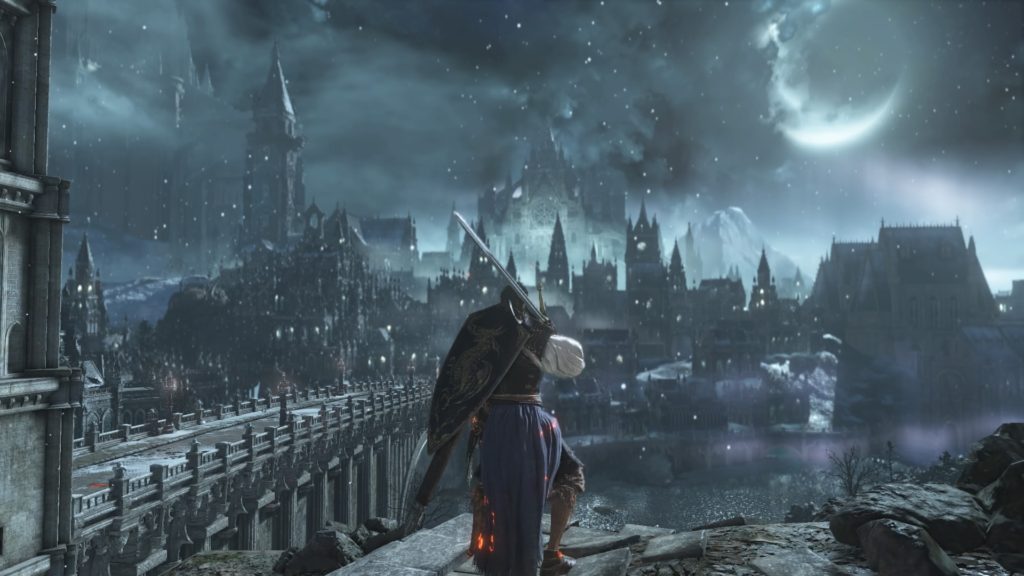 Growing up, video games were a pretty significant part of what defined me.
Growing up, video games were a pretty significant part of what defined me.
It was an interest that stuck with me as much as my passion for skateboarding, for watching movies and listening to new music, and so on. Back in the 90’s (more than today), it also carried with it more of a stigma and would lead to a person being labeled as a “nerd” pretty quickly.
In my younger years, my attraction to video games was a lot more innocent (for a lack of better words). I liked them more at face value.
I played Super Mario World to play.
I thought Spyro looked cool, so I dragged my mom out to the video game rental store (may it rest in peace) so I could play it.
And Crash Bandicoot? Well, that game had everything from a funny advertising campaign to being plain fun to play.
If you’re not getting the hint, the “fun factor” of playing games was really what got me hooked on them. It’s easy to see why kids get so into them. It’s just simple play after all.
Things change as I get older
As you can imagine, people change with time.
Life experiences shape us in some significant ways.
While I still have a lot of the same interests as I had when I was younger, they’ve definitely evolved in how I relate to them.
Not to mention, the industries these interests are inexplicably tied to have changed, too. For better and for worse.
The video game industry is no different.
When I was a kid, the only way to get real access to video game information came more from talking with people in real life and from print magazines. A handful of websites had started, but at least for myself, access was limited thanks to the power of my parents.
Being real for a moment, there was a time when I used to literally blow into a video game in hopes of making it work (thank you Super Nintendo).
How the video game industry has changed
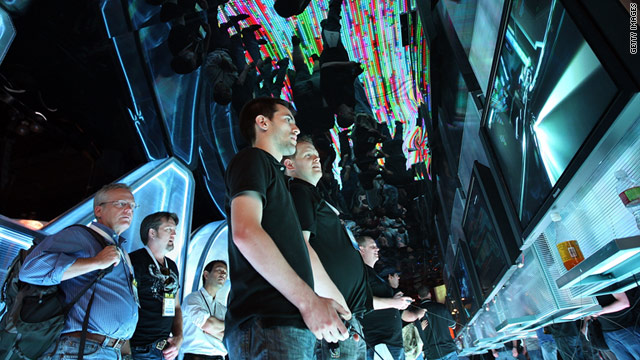
Okay, I’m going to get to talking more about video game photography soon. But first, I want to really set the stage for why it has turned out to be one of the cooler things to come out of our increasingly modernized world.
So, it’s 2019 – and everything about video games have changed. If we tried to define all of these changes, we’d end up with a list that would go on infinitely – but at least a few good and bad changes I’ve noticed include:
The Good:
- More people talking about games and holding interesting conversations
- More information about games available before purchase
- More game developers out there & as a result: more games
- More graphic and computing capabilities
- More purchasing options (such as digital downloads – for my lazy self)
The Bad:
- Corporate greed and lootboxes
- An influx of mediocre or just plain bad games
- Excessive reliance on gimmicks to sell games
- Having 5 versions of a game at different price points where I still end up with not owning all the content
The lists go on (feel free to sound off in the comments if you agree or disagree with any of what I’ve mentioned here, or add in your own).
As awesome as it is to talk about the video game industry as a whole, the one place I want to shift your focus is, specifically, to the culture. The culture, and how people are relaying information and communicating together. This is the real basis for in gaming photography to become such a popular thing.
How the video gaming culture has created a more compelling art form
If I go back into my 80’s/90’s kid mindset, and try to re-imagine the world back then a la Stranger Things (but without the Lovecraftian horrors, but still plenty of strange)…I begin to piece together a place where playing video games and chatting them up with your friends was probably the precursor to playing a round of D&D in the basement.
I’m being a little dramatic, but can admit the wizard staff and robe has always been quite appealing to me.
The way I interacted with the gaming culture was mostly at home. When done with other people, it was normally my close friends – and on a split screen no less. It’s definitely an aspect of gaming that was lost, though it has seen a bit of a resurgence in some more recent games again. Still, I can’t imagine holding a LAN party to play Halo again. Or playing a game of graffiti tag in Tony Hawk Pro Skater.
In all of these great things that were lost. Or, at least, mitigated to the sidelines for a smaller niche of players. We have replaced it with an experience that is altogether more interesting.
Video game websites, Youtubers, and forums – an online Mecca for gamers
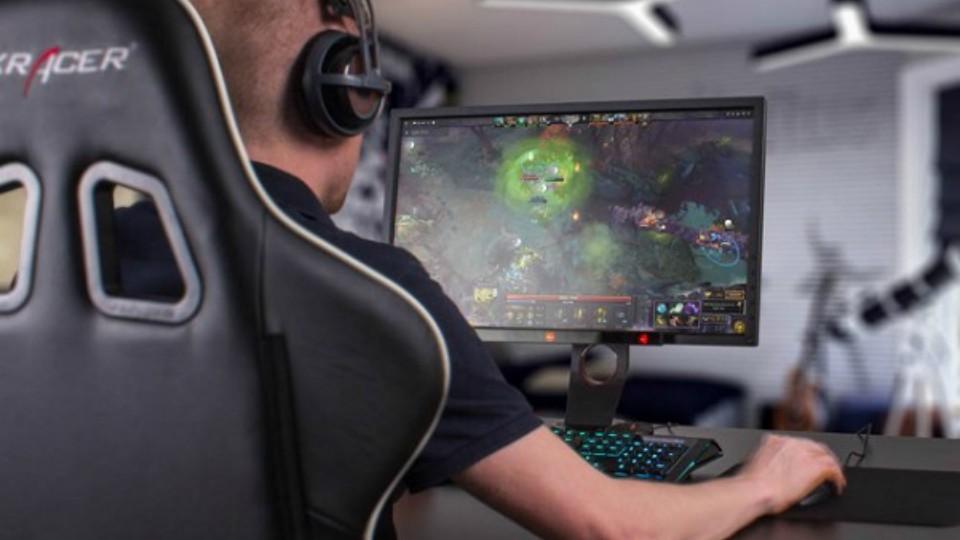 Put bluntly…the internet changed video gaming permanently.
Put bluntly…the internet changed video gaming permanently.
It has enabled conversations in so many ways (admittedly – some intelligent and some dumb).
Huge billion dollar organizations have been built on video games and entertainment in general like IGN. Even regular cable news companies like Fox and CNN cash in from time to time with regular reports on video games, and sometimes the effects gaming has on people (usually with emphasis on how someone played Doom and that’s what caused him to murder someone).
These days, it’s so easy to get information about the latest game. So easy to get in touch with like-minded people and talk about them. And even easy to find someone to play with. Or, if it sounds like fun to you, an audience to play for thanks to services like Twitch and Youtube Live. At the most extreme, you can even more easily monetize your game playing and make money from home. It’s weird to think as video game playing as the new small business model, but it works for plenty of people out there.
With all of this content out there, we each pick and choose what amuses us most.
In my little world, it’s just a handful of creators that have taken the landscape of video games and made something more interesting. A few of these people, and what they do, include:
ACG
ACG, also known as Angry Centaur Gaming, is the result of Jeremy Penter opting to be transparent and informative in his reviews of video games. His success is based on a very simple premise when it comes to Youtube content creators out there. I came across him around late 2016, and have been watching every since.
While he does sometimes fit the mold of a stereotypical gamer (with Doritos and Mountain Dew in hand – sometimes sarcastically, but I’m not entirely convinced), he discussions on games are actually intelligent while not being holier than thou. And laced with humor on occasion that a 12 year old could still appreciate.
I am particularly into how he discusses games as more than this thing we play.
Video games are really a mixed medium art form. The best of them incorporate awesome music, sound design, great graphics, interesting concepts, and so on. It’s a layered thing, and ACG breaks down these components well. His interviews with developers and other industry professionals, and weekly podcasts keep me well entertained. I highly recommend this guy.
Later, I’m going to talk a little more about ACG and his “Walking the Walk” video series – as this seriously overlaps with the core idea behind this post.
TotalBiscuit
Well this is a sad one, but it’s impossible to list some of the original influencers on modern video gaming. John Bain or “TotalBiscuit” passed away in 2018 after a long battle with cancer. For a long time, his videos were designed to be critical of games. He would absolutely dish out praise if it was warranted, but game studios had to really work for the positive recognition. Also known as “The Cynical Brit,” he always approached game discussions with a bit of sarcastic wit and cynicism.
While his channel lives on through his wife Jenna, it will never be the same without him.
NakeyJakey
I only recently stumbled on this guys content, and man, does he make some serious absurd and surreal videos on video games and related topics that would give David Lynch a run for his money. Whatever you think, his passion is as unique as what he creates.
Many videos he has produced feature him talking while seated on a medicine ball. Moving around in front of a green screen with random scenes from games, TV shows, and other things playing in the background. It sets a really odd stage for videos that are consistently funny, and surprisingly light and full of heart.
Cinemassacre
Finally, I’d be remiss if I didn’t mention Cinemassacre here. Most well known for the Angry Video Game Nerd (AVGN) videos, these were some of the first viral videos to come out over a decade ago. Surprisingly, the creator (James Rolfe) is still alive and producing content of excellent quality.
Unlike other gamers out there, his content is much more structured and cinematic. There have been nights where I’ve spent far too much time going through back episodes of AVGN. It’s pretty much free TV replacement that could compete with the likes of Netflix and Hulu.
If you’re especially curious, check out the Angry Video Game Nerd Movie. Yes, it is a thing!
Around these icons of modern gaming culture (and others like them) have been built many communities.
From these communities, the voices of so many gamers (like myself) have stoked little fires of discussion. And, maybe even greater, inspired specific actions to be taken that influence how we actually interact with video games and our independent universes as a whole.
It’s a little corny, but that’s maybe what you like if you’ve read this far considering the amount of nostalgia I’m feeling at this point.
All this is to say…the community is ultimately what defines a video game’s attributes. It defines what a developer puts in and keeps out of a game. Our money talks (especially to big corporations like EA that use it like a fossil fuel). But, hopefully most importantly, the conversations we have are seen and how we share our video game experiences are equally.
Video game photography as a means of sharing experiences
Now that you’ve made it here, 1,500 words in to an article that is supposed to be about video game photography – I’m actually going to talk about the merits of this truly modern style of photography.
The reason I fixated so heavily on the past and present state of gaming is because there is so much over the course of several decades that has led to this moment.
We are in a time where sharing video and images with each other is a way of actually communicating.
There was a time in my life, quite surprisingly, where the only way to communicate was in person…using words (or maybe body language)…This, plus some written letters, and the prehistoric email and chat interfaces I had access to thanks to Yahoo and AOL Instant Messenger.
Today, social media and the always connected nature of our society has relegated actually talking to a lesser role in our attempt to communicate with one another. Still important, but less important than it once was. In it’s place, our communication is often replaced by imagery – still and moving.
As we scroll down our Facebook walls, Pinterest boards, and Instagram feeds…so much of what we see are simply pictures, telling us so much.
This collection of images used to communicate and exacerbate culture really comes to define what it means to be a “meme” by formal definition.

Video game photography is, in essence, one of the core genes that contribute to gamer culture. Without them, we’d have no reference point for conversation outside of actually playing a game. For those with busy lives like my own, it is one of the few ways we can still stay involved in the gaming culture without actively playing all the time.
5 Ways Video Game Photography Impact Us
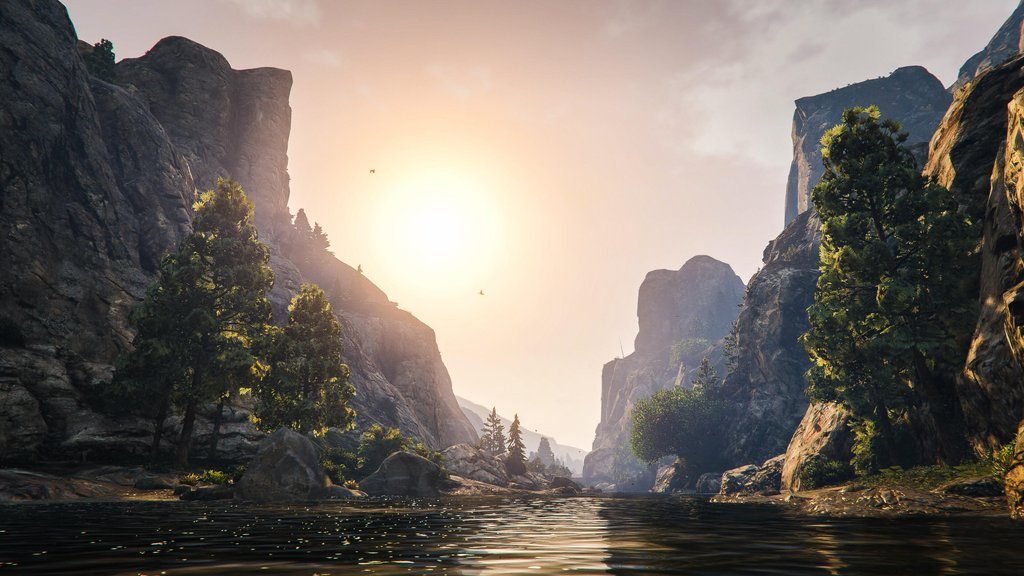
Photo credit: Reddit user SaltyPoseidon22
In game photography is one way we use to talk about video games without saying anything. At times, it is in these still screenshots that some “video game photographers” have been able to create something more inspiring than the game itself. In a sense, an abstract of a game world. A tiny sliver. But altogether more compelling.
1. Video game photography represents the product to us
When I go on a forum to learn about Red Dead Redemption II, I don’t just want to read a wall of text by some random internet dweller talking about how they had an adventure with another player online. I want to see the evidence. I want to see some some pictures of the game at least, a video if they have it.
By being able to see actual photos of a game, it informs my purchasing decision.
Back in the day, it was screenshots of the sci-fi epic Mass Effect that made me go out to actually buy it at full price. It was a genre surprisingly lacking on consoles, but one of the most ripe gaming niches for taking photos.
While all of this might seem obvious, there have been some game releases in recent years that managed to go live to the public without showcasing any real content from in the game. It seems like such a basic thing to showcase, screenshots or gameplay footage, yet there has been a movement towards increasingly pre-rendered trailers that are inauthentic to the actual game itself.
One of the worst offenders that springs to mind is when Dark Souls II was showcased at E3 and other gaming conventions, yet when people made their purchases – the actual visuals were drastically different.
These days, I rely much less on game creators showcasing the reality of their games, and more on actual gamers to show me what it has in store.
2. Video game photography lets us revisit a world even when we’re not playing
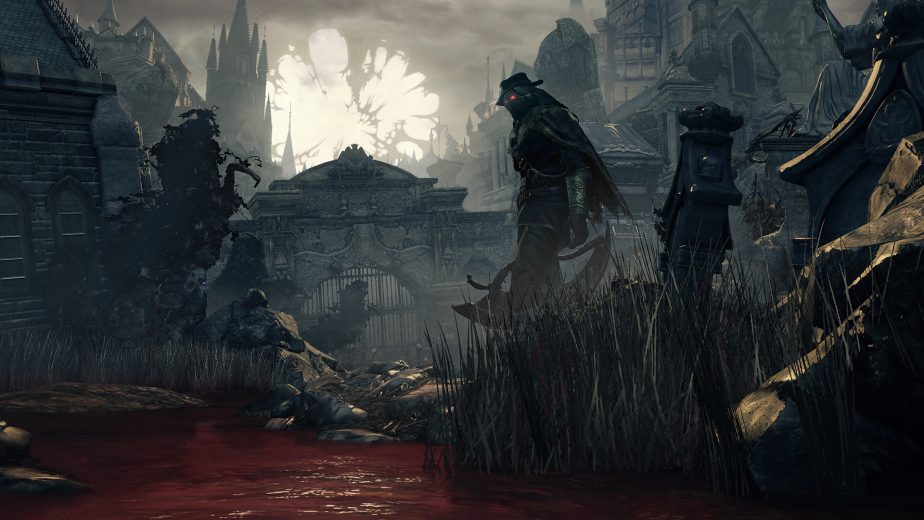 While in the middle of writing this post, I talked with my wife over dinner about it. As I got on my nerd rant, it became clear to me that video game photography is so much like travel photography. It allows us to live in different worlds without being physically present there.
While in the middle of writing this post, I talked with my wife over dinner about it. As I got on my nerd rant, it became clear to me that video game photography is so much like travel photography. It allows us to live in different worlds without being physically present there.
One of my favorite video game environments is found in Bloodborne.
The whole Gothic horror aesthetic is right up my alley. While some aspects of this fictional city of Yharnam might be visible in our own world (it takes a lot of architectural designs from what I might expect from medieval looking places around Europe such as The United Kingdom), so much of it can only exist in the virtual reality format.
In this game, I sank a ridiculous number of hours into it. Its combat was smooth and fun, the storytelling pretty much perfect and mysterious, and the aesthetic of it all really seals the deal. It is a visual treat on so many levels.
Since my quick jaunt through The Old Hunters DLC, I haven’t had a chance to replay it. However, I have watched several Let’s Plays where I literally watch (seemingly for fun) other people play it. And Reddit’s Bloodborne forum? I’m a frequent visitor. Seeing screenshots, reading stories, and so on help to keep me immersed in a game world that I’ve not actually been a part of in a long time.
3. Video game photography allows us to share our experiences with others
I keep returning to the sense of community many gamers get from being immersed in “gamer culture.” While some people may just want a nice screenshot to use as their computer wallpaper, most are seeking outlets to share their experiences.
By sharing in game photos, whether directly or indirectly, we expand the reach a game has. At times, we can even inspire each other to dig into unseen reaches of a game. This is especially true in large open world games.
In Grand Theft Auto V, as an example, I beat the main game twice (once on PS3, and again on the PS4 version). In doing this, I saw a whole lot. But, after getting through it, it turned out there was so much I missed. Screenshots helped to fill in some of the gaps – such as those of hidden aliens in the game’s prologue chapter. In other instances, it inspired me to pick up the game again and go explore, such as to see the sights of the Los Santos serial killer.
How do in game photographers capture their screens?
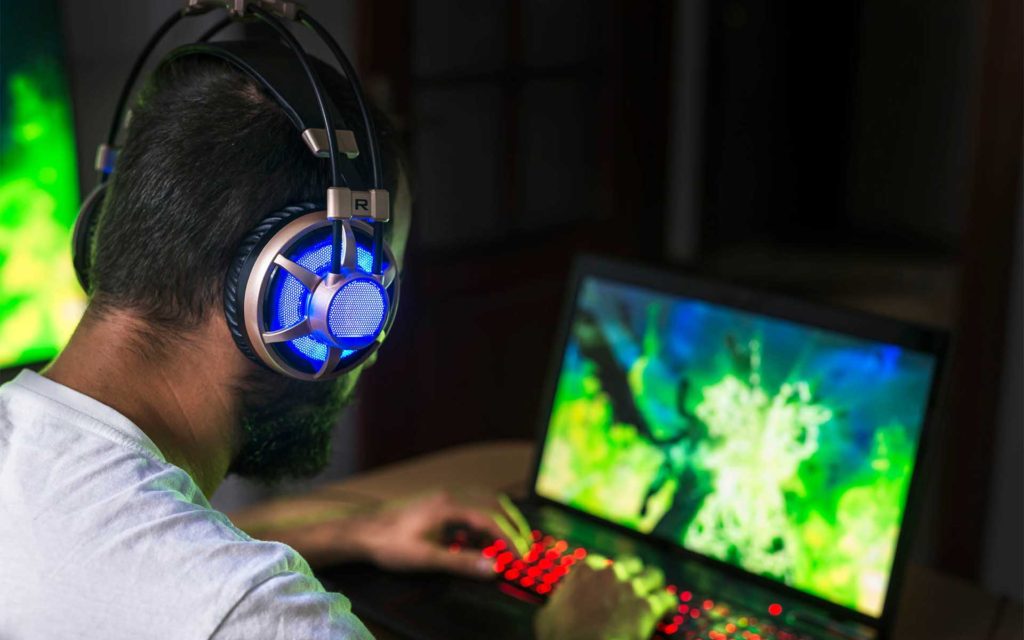 Now that you can see some of the inherent value added by in game photography, I want to pause for a moment to talk about some of the methods these “video game photographers” use to capture their shots.
Now that you can see some of the inherent value added by in game photography, I want to pause for a moment to talk about some of the methods these “video game photographers” use to capture their shots.
It’s almost silly, but much like a person buying a camera, there are different options on the market – some free to use and integrated with other things most people already own, and others that require an investment into a specialized product.
In game photo modes
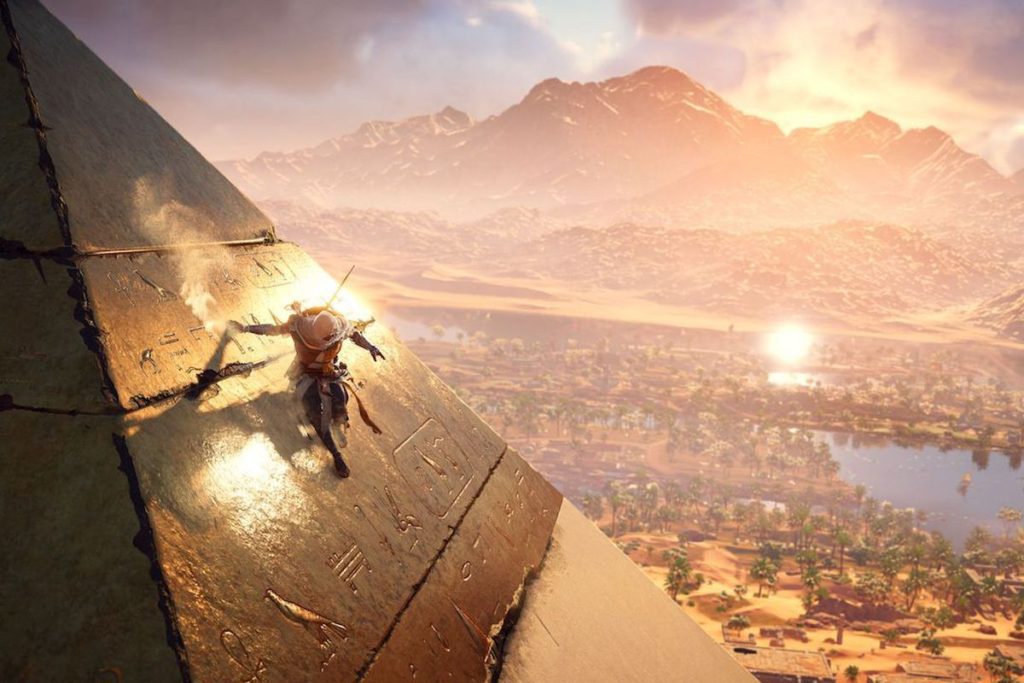 It is because of the increased popularity of documenting our video game exploits that there has been a growing trend in video games to include built in photo modes. One could even argue that these modes included in games themselves have helped usher in an increase of interest in video game photography.
It is because of the increased popularity of documenting our video game exploits that there has been a growing trend in video games to include built in photo modes. One could even argue that these modes included in games themselves have helped usher in an increase of interest in video game photography.
In game photo modes range in complexity. Some of the earliest games I saw them pop up in were the Skate franchise and Assassin’s Creed.
The way these work is you can pause a game, maneuver the camera, and make other adjustments – sometimes to depth of field, color, etc. You click a button to take the picture, and it is stored on your game console, PC, or in the cloud. From there, they can often be shared via email, or in some instances directly with other players of the same game with a built-in community section.
While these modes often feel tacked on and gimmicky, they are one of the simplest ways for video game photographers to get a quick fix. In more complex systems, the ability to adjust the images makes it really makes it feel like you are playing with an actual photo you took in a Photoshop equivalent.
Computer screen grabs
If playing on a PC or Mac, in game photography doesn’t get more simple than taking a screenshot while the game is playing. Since you are not likely freezing time in the game world, this is a little more tricky. But, in slow moments like those found in Red Dead Redemption while overlooking some misty sunset mountain vistas…it can be an effective way to capture a shot.
Video capture card hardware/software combos
 Lastly, one of the best ways to capture videos and photos from games is by using a dedicated capture card. For a little while when I was highly considering starting a gaming YouTube channel (yes, add me to the ranks of those who thought about it, tried it for a week, and failed) – I had purchased an Elgato Game Capture system. For about $100 bucks, it could record in high definition my gaming. From there, snapping pictures and creating videos was simple to do.
Lastly, one of the best ways to capture videos and photos from games is by using a dedicated capture card. For a little while when I was highly considering starting a gaming YouTube channel (yes, add me to the ranks of those who thought about it, tried it for a week, and failed) – I had purchased an Elgato Game Capture system. For about $100 bucks, it could record in high definition my gaming. From there, snapping pictures and creating videos was simple to do.
Who are these video game photographers anyway?
The alternative news outlet Vice ran a great article about “screenshotters” – the term used to refer to those people who opt to try and create artistic photographs in video game worlds.
What has impressed me most is how serious and passionate some of these artists are, especially given how it is an artform that likely not viewed by many as actual art.
It seems a strange thing to make art in someone else’s art. Maybe even stranger to make it in their own world.
When From Software put together Dark Souls, they created an entire world – an ecosystem, a cast of characters, morality, aspirations…the list goes on…We don’t often view things like this. Video games are meant, in many cases, to detach us from reality. But when examined, they can connect us further to our own. It’s the human element, the part that goes into the game’s creation (from thinking up an idea, to developing, to QA testing, to printing and shipping for an audience), that can make them so compelling. And it’s this aspect that drives many screenshotters to create something in this space.
Some popular “video game photographers” include:
Duncan Harris – a games journalist who runs the blog Dead End Thrills.
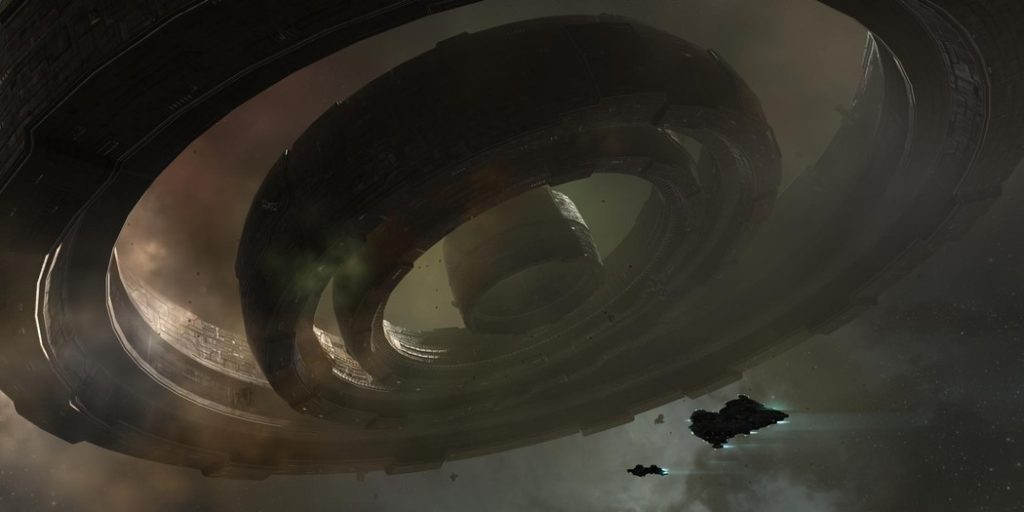

Eron Rauch – an artist based in Los Angeles who has taken in game photography and turned it into art that is hung on the wall of art shows.
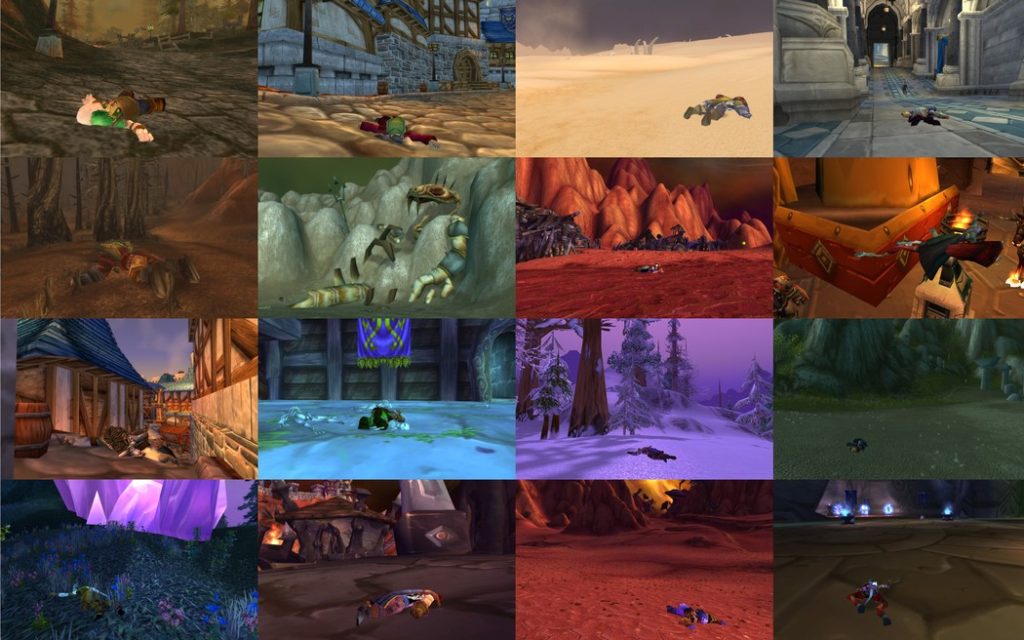
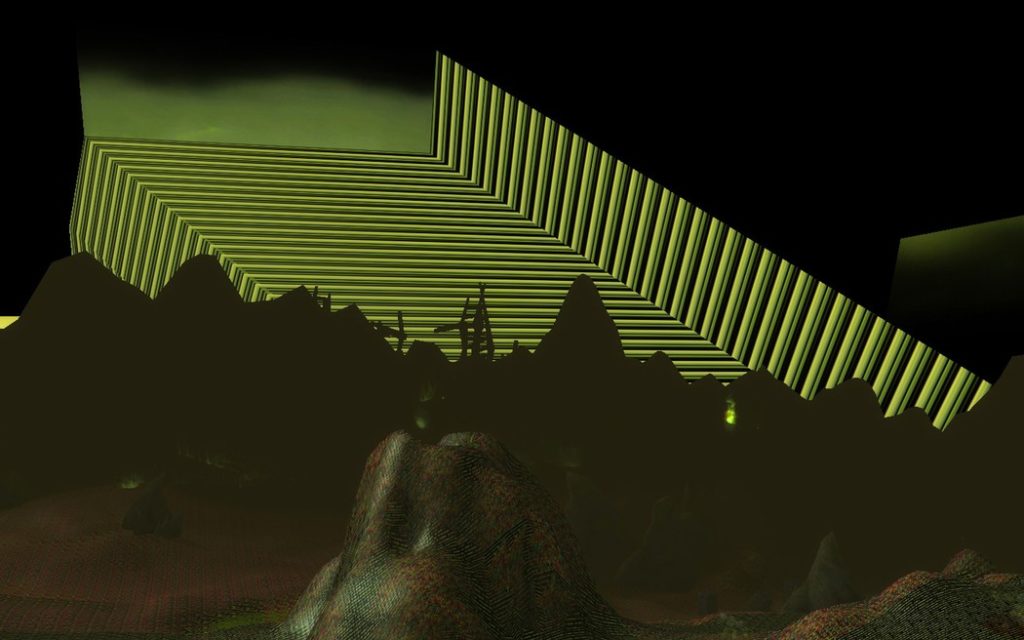
Karl Smith – the video gamer and blogger over at Illsnapmatix who has explored heavily GTA V’s gameworld in search for candid, cinematic, and beautiful images.
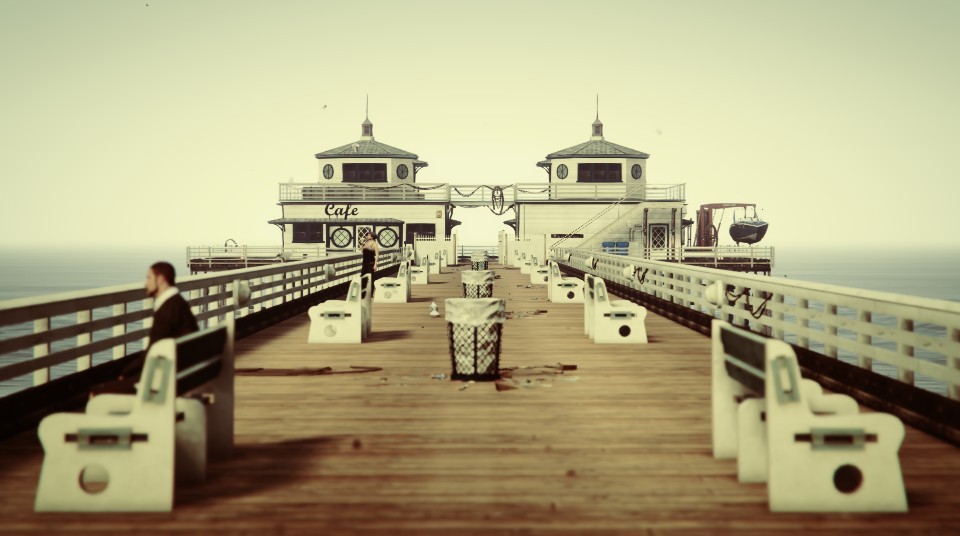
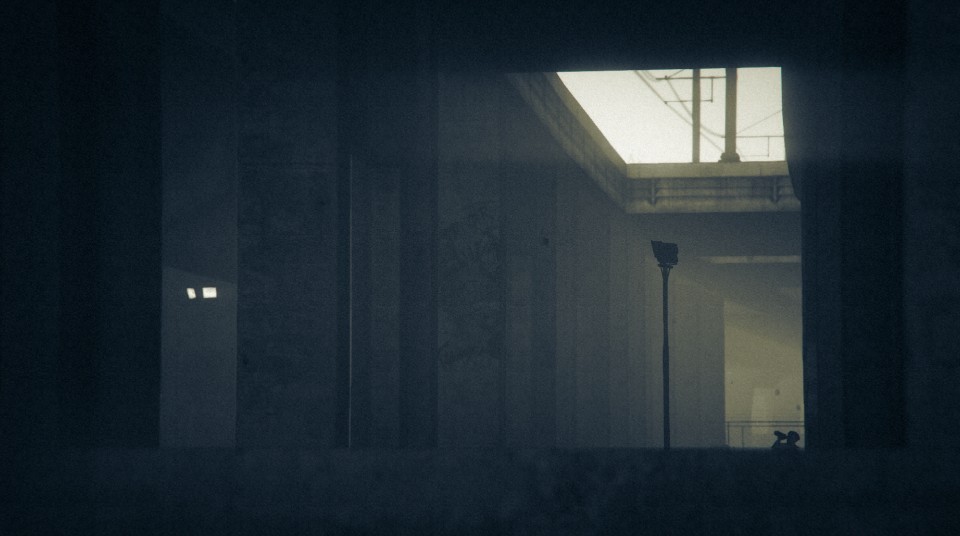
Leonardo Sang – in his blog VRP, he showcases “virtual reality photography”, which is comprised of video game screenshots taken with an eye for composition and color he applies to his real life photography.
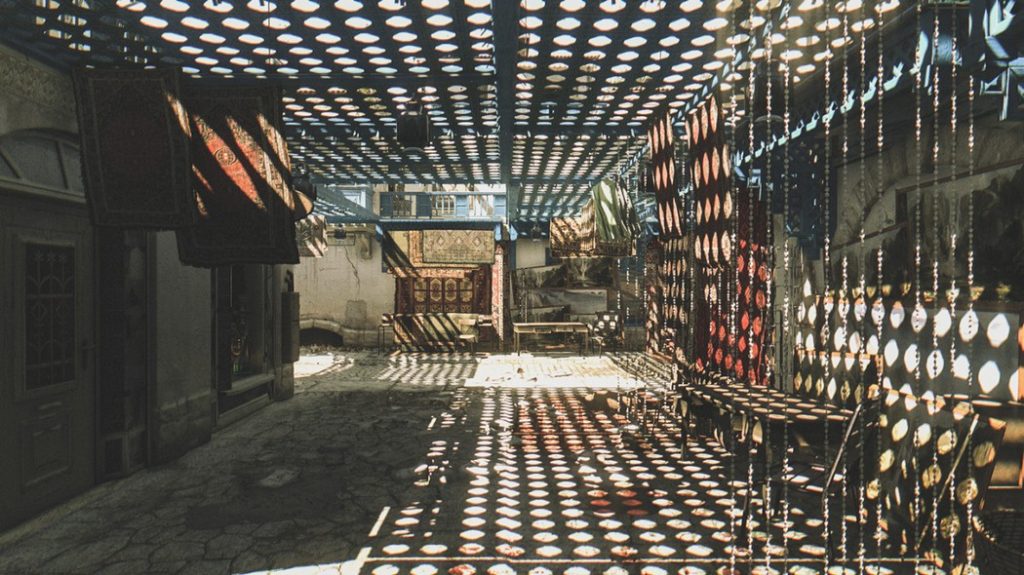

How does video game photography compare with real world photography?
By definition, “photography” is the ‘process of producing images by the action of radiant energy (especially light) on a sensitive surface such as film or an optical sensor’. Due to this definition, what we have been calling “video game photography” throughout this post is actually not photography at all.
The type of energy that goes into producing images in a video game is electrical energy. Without it, we would never be able to turn on our TV or computer, much less open up a game window. The result is this strange scenario where the world created is entirely artificial. The harnessing of electrical power is a human breakthrough of scientific research, though it certainly doesn’t feel this way all the time (especially when playing Call of Duty online and hearing a ‘yo momma’ joke at 2 in the morning).
Despite the inherent differences, to our unhindered minds they still feel like one-in-the-same. The end product is, basically, the same right?
In order to compare video game photography with photography in the real world, we’re going to begin by looking at the 3 main factors that comprise The Exposure Triangle (see, also, these great articles, about The Exposure Triangle, over at Fstoppers and PetaPixel!). In case you are unfamiliar, this is a simple way of perceiving the 3 major technical components of photography (aperture, shutter speed, and ISO) as being interconnected and interactive with each other.
Aperture
 The aperture of a camera controls the amount of light that is allowed into the sensor. The direct result of this is to the exposure (how bright or dark the image is). More significantly, changes to the aperture impact the depth of field.
The aperture of a camera controls the amount of light that is allowed into the sensor. The direct result of this is to the exposure (how bright or dark the image is). More significantly, changes to the aperture impact the depth of field.
In photography, this is one of the most powerful factors to have control over. The use of wide aperture lenses allow photographers to take crisp images at settings that enable a subject to be in focus, and a background to be entirely blurred out.
Having control over the depth of field is something found commonly in cameras and video game photo capture modes. In terms of technical features of photography to image impact, it is one element that is pretty comparable.
Shutter Speed
Where things begin to differ between a regular camera and capturing photos from a video game is here. Shutter speed is used to create blurred movements (a low shutter speed) or freeze movement in place (a high shutter speed).
In video games, since it requires actually pausing a game to take a photo, in game photography is very different. It is, actually, pretty otherworldly. While strolling around in Assassin’s Creed: Origins, you can very well freeze time itself (for the virtual inhabitants) to take a shot. There is no need to compensate for movement through adjustments to a shutter, as it’s accounted for by removing any and all movements altogether.
ISO
The ISO is a measurement of the sensitivity of a camera sensor to light. As you might guess, this is not really applicable to the world of video game photography, as light isn’t the element needing to be controlled. However, changes to the ISO impact the resulting images by making them brighter in low light environments (and resulting in artificial grain, too).
It’s this change in brightness that is achieved in game photos. Often, photo editors for video games simply have a setting called “brightness” that can be tweaked to your liking.
Oh, and post processing!
While so much emphasis is placed on video game photography that is captured “in game,” in practice most photographers – in both the virtual and real worlds – will end up having their photos on their computer and loaded up in an editing software.
No matter who or what the subject of your photographs are. And whether your shot was taken on a brand new Canon 5D Mark IV, a Sony mirrorless camera, or through a video game photo function – the post production workflow will potentially look the same if you are wanting to achieve a specific look.
Editing your photos will begin with applying presets that most closely match the look you are wanting. Certainly, in our world of wedding and portrait photography, this has streamlined our ability to quickly edit many photographs to our stylistic preference.
For all photographers, the result is the most important piece of the puzzle. It’s what we see and share with others that counts.
A few recommended Lightroom preset brands include:
What does in game photography mean for the future?
 Lastly, video game photography holds a special place for me because I feel it has significant potential to change how we perceive the photographic art form in the future. Since cameras were invented in the early 1800’s, most changes have been fairly insignificant – except for the transition from film cameras to digital cameras.
Lastly, video game photography holds a special place for me because I feel it has significant potential to change how we perceive the photographic art form in the future. Since cameras were invented in the early 1800’s, most changes have been fairly insignificant – except for the transition from film cameras to digital cameras.
In it’s modern form, photography doesn’t seem to have a whole lot of upwards potential in the context of the actual equipment being used. Sure, new gear is produced frequently – but these changes are not significant overhauls or adaptations of how we actually take photos. Certainly, a new camera by Nikon is not going to enable me to take photos of new universes.
Virtual Reality (VR) Photography
 The accessibility of virtual reality headsets to consumers has made the potential for VR game photography to be a reality. Through some searching around, VR photography is already an area starting to be explored by some artists, and it is only time that will be the barrier between putting on an Oculus Rift and creating beautiful images.
The accessibility of virtual reality headsets to consumers has made the potential for VR game photography to be a reality. Through some searching around, VR photography is already an area starting to be explored by some artists, and it is only time that will be the barrier between putting on an Oculus Rift and creating beautiful images.
When I first put on the Playstation VR and played the Star Wars: Battlefront X-Wing VR mission – I swear I was blown away and brought back to childhood by my creator.
Virtual reality is an intense and beautiful experience.
Photography in general is so much capable of causing us to evoke significant reactions. Video game photography has this ability to, at least, bring up in me nostalgic feelings for the 90’s when I was a kid – and even more short-term nostalgia for a game I just played again last week (the Elder Scrolls: Morrowind for your information).
The idea of taking screen captures, sharing them with a community, and revisiting those captures in a VR system is interesting to think about in the larger context of photography as an art form. Experiencing these feelings in first person would be unreal and difficult to compare with how we usually view pictures on a 2D plane.
Artificial Intelligence (AI) Photography

AI is rapidly changing the way we think about photography. Just a couple of years from now, most advances in the photo space will be AI-centric, and not optics or sensor-centric as before. The advancement in photography technology will, for the first time ever, be untethered from physics, and will create a whole new way of thinking about photography. – Evgeny Tchebotarev
In the above quote from the creator of 500px in an article about AI and it’s impending impact on photography, it sets the stage for how the future of photography will look. I’ve already made a point in this article about how changes to photography have been relatively small in recent times, with the biggest evolution happening when the world transitioned away (mostly) from film cameras to digital camera options.
Artificial intelligence is already beginning to impact our lives in many ways. Smart home technologies, as an example, are becoming far more the norm. They are enticing for so many reasons. The cool factor. The cost savings as they tend to be more energy efficient. The time savings they offer as they simplify doing even the most mundane of tasks.
The overlap of AI with our photography exploits is made most interesting by thinking about some ways in which we could interact with our virtual shutters. For example, an AI system like Amazon’s Alexa could enable us to take pictures – in game or in the regular world – with our voices alone. Going even further, maybe this AI could even begin taking pictures on our behalf – working as virtual photographers themselves.
Photography Made More Accessible
The last thing I want to talk about here is something that tugs on my heart strings a bit.
Often, in the wonderful world of photography where hobbyists, professionals, and moms wanting “just one more” selfie photo with their newborns – it’s easy to take for granted how easy things are for most of us. Picking up a camera, going outside, and snapping some landscape photos is not hard. For video gamers, it’s even easier to get in game shots when it doesn’t even require that we leave our couches.
But, for those among us that have limited mobility and body functions, even taking pictures (in whatever form) can be difficult. The potential impact that simplifying how pictures are taken, or at least – providing other options, is something that will turn out to be far more life changing for those who struggle with life impeding conditions.
Video game photography has already created one outlet that is more accessible than regular photography. Going deeper, the idea of VR photographs being taken as a result of eye movements instead of actual button presses is something that would interest me. And being able to talk to an AI to take a picture for us? You can really see the potential all of these advancing technologies have to do some good to not only entertain the average person, but make available an entire hobby that might just have been locked off for some small minority among us.
Video game photography is a pretty compelling subject to think and talk about. I’d love to hear some of your thoughts if you have any to share.
If you’d like to read more, I’d recommend checking out our 101 Digital Photography Tips article, which is a great introduction to actually taking photographs.
Did you like this article?
If so, you may enjoy these articles, as well!:
- Let’s Talk About the Bleak Cinematography of Stranger Things
- A Photographers Analysis of The Fountain (2006 Film)
- How to Get the “Background Ghost” Effect Seen in The Haunting of Hill House
